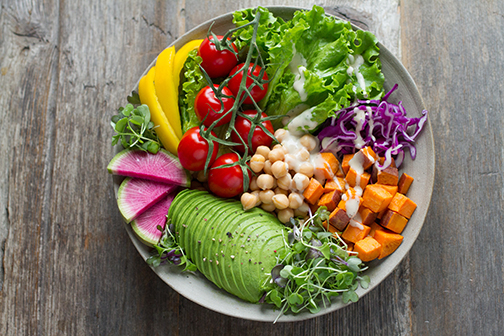Make Your Fitness Goals Come True In 2024
Everywhere you look in Stamford, CT, you see decorations, celebrations, and good cheer. It’s that time of year for it. All that merriment makes it hard to think about fitness goals for 2024, but it’s the best time to set them and find ways to help make them come true. Having a plan of action makes success easier. Start by setting definable goals. Don’t just say I want to get fitter. Precision counts in the gym and making goals. If weight loss is your goal, state the exact amount you want to lose. If you want to boost your endurance, identify how you’ll know you’re improved.
Create a plan using your goals.
Creating a weight loss plan is a bit easier than other fitness goals. You have a precise number of pounds to lose. All you have to decide is how many pounds a week is possible. You need to increase your calorie deficit by 3500 calories to lose one pound. To do that, you have to increase your activity level and decrease your calorie intake. Most people choose to lose one to two pounds each week. Once you set your weekly goal, identify the number of weeks it will take to reach your weight goal.
Identify the best time to work out each day.
Consistency counts when you work out. That’s why scheduling your workout at the same time every day helps you achieve your goals. Working out becomes a habit. It feels uncomfortable not to work out at that time. You don’t have to go to the gym every day at that time. Some of your exercises can be walks or playing basketball with the kids.
Plan your meals and learn to judge portion size.
If you do meal planning, you create a week’s worth of meals one day, shop for ingredients another day, and cook when you have a full day at home, usually on the weekend. It’s easier than it sounds. You’re using the oven to cook several meals and many of the ingredients for several meals. You might buy a whole chicken and have baked chicken breast one day and chicken salad for another day. Use vegetables for side dishes, snacks with a dip, and in Buddha bowls or soups. Pack each meal away in portion sizes. During the week, just heat and serve.
- You may think burning the candle at both ends helps you get everything done, but you’ll be more efficient and less hungry when you get adequate sleep. Lack of sleep increases the hunger hormone and decreases the hormone that makes you feel full.
- When working out, start slower and focus on form. Using the correct form helps prevent injury and maximizes the benefits. Don’t overtrain, especially during the first few weeks.
- Don’t be judgmental. If you overeat one day, start again the next. Don’t miss out on special occasions. Have a small slice of birthday cake or other occasional treat without feeling shame.
- Track your exercise program. Focus on the number of reps and sets. If the exercise becomes easy, take it up a notch with more weight or repetitions.
For more information, contact us today at Revolution Training









